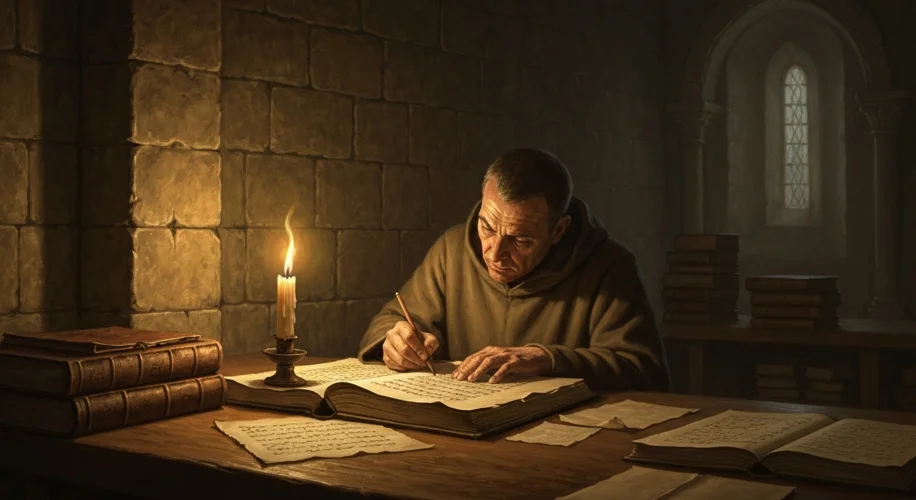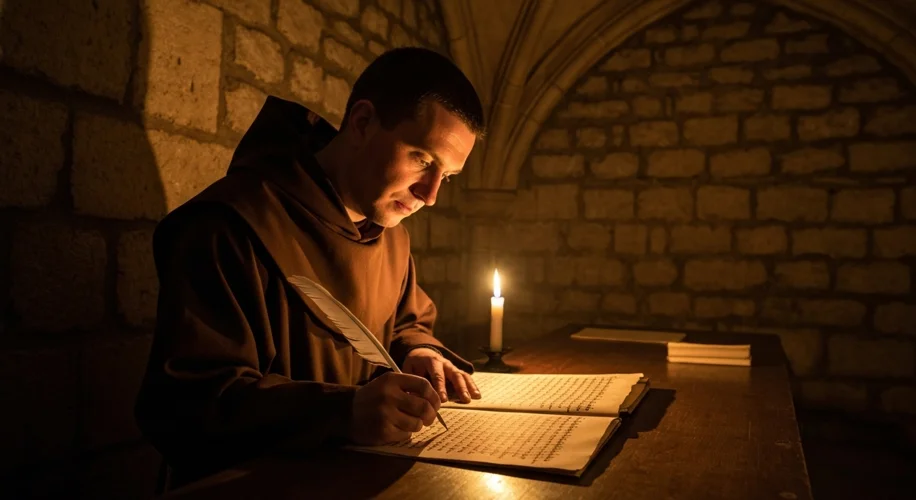For centuries, a shadow has been cast over a significant swathe of European history, a period often referred to with a decidedly grim moniker: the ‘Dark Ages.’ This term conjures images of a time steeped in ignorance, barbarism, and a complete void of intellectual or cultural achievement. But what if this widely accepted narrative is, in fact, a historical misnomer, a lingering prejudice that obscures a far more complex and vibrant reality?
The very phrase “Dark Ages” originated long after the period it purports to describe. It was popularized in the 14th century by the Italian poet Petrarch, who, looking back from the burgeoning Renaissance, felt that the centuries following the fall of the Western Roman Empire in the 5th century CE were a stark contrast to the glories of classical antiquity. For Petrarch and his contemporaries, this era was a lamentable descent into cultural decay, a period devoid of the art, literature, and philosophical rigor they so admired.
This perspective, however, was deeply rooted in the cultural biases of the Renaissance itself. The scholars of this era were eager to establish a direct lineage from the Roman Empire to their own time, effectively airbrushing out the intervening centuries. They overlooked, or perhaps deliberately ignored, the vibrant intellectual life, the artistic innovations, and the complex political structures that characterized this “dark” period. The term began to be applied more broadly to the centuries between roughly 500 CE and 1000 CE, a vast span of time encompassing the Migration Period, the early medieval era, and the Carolingian Renaissance.
When we peer beyond the judgmental lens of the Renaissance, a different picture emerges. Consider the intellectual ferment that occurred within the monasteries of Europe. Far from being isolated pockets of ignorance, these monastic communities became crucial centers for the preservation and transmission of knowledge. Monks painstakingly copied ancient manuscripts, safeguarding classical texts from decay and loss. Figures like Bede the Venerable in 7th-century England, an “Angl-Saxon” monk, produced encyclopedic works that synthesized Roman and Christian learning, demonstrating a profound engagement with history, science, and theology. His “Ecclesiastical History of the English People,” completed in 731 CE, remains a cornerstone of early English history, meticulously detailing events and figures with a remarkable degree of scholarly rigor.

Furthermore, the Carolingian Renaissance, initiated by Charlemagne in the late 8th and early 9th centuries, stands as a testament to the intellectual vitality of this supposed “dark” age. Charlemagne actively promoted education and scholarship, inviting scholars from across Europe to his court. Under his patronage, a revival of classical learning took place, leading to advancements in literacy, law, and the arts. The script reform known as Carolingian minuscule, developed during this period, standardized handwriting, making texts more legible and accessible, a crucial step in the dissemination of knowledge.
The term “Dark Ages” also unfairly dismisses the significant societal and technological developments of the era. The construction of magnificent cathedrals, the sophisticated agricultural innovations like the heavy plow and the three-field system, and the intricate metalwork and artistry found in artifacts like the Sutton Hoo ship burial all speak to a society that was far from stagnant or uncreative.
The issue with the term “Dark Ages” lies not just in its pejorative nature but in its oversimplification. History is rarely a simple dichotomy of light and dark. The post-Roman world was a period of transition, adaptation, and innovation. The fall of centralized Roman authority did not lead to an immediate collapse of all learning and civilization; rather, it spurred the development of new political structures, cultural syntheses, and modes of thought.
Modern historians increasingly prefer terms like the “Early Middle Ages” or the “Post-Classical Era” to describe this period. These labels are more neutral and acknowledge the ongoing processes of change and development, rather than imposing a judgment that reflects the biases of a later age. They recognize that while the world after Rome was undeniably different, it was not necessarily “dark.” It was a time of immense transformation, laying the groundwork for much of what would follow in European history.
So, the next time you hear the term “Dark Ages,” remember Petrarch’s retrospective judgment. Recall the monks in their scriptoria, the scholars at Charlemagne’s court, and the artisans crafting objects of enduring beauty. The history of humanity is a tapestry woven with countless threads, and to label entire centuries as “dark” is to unravel the richness and complexity of that grand design.

